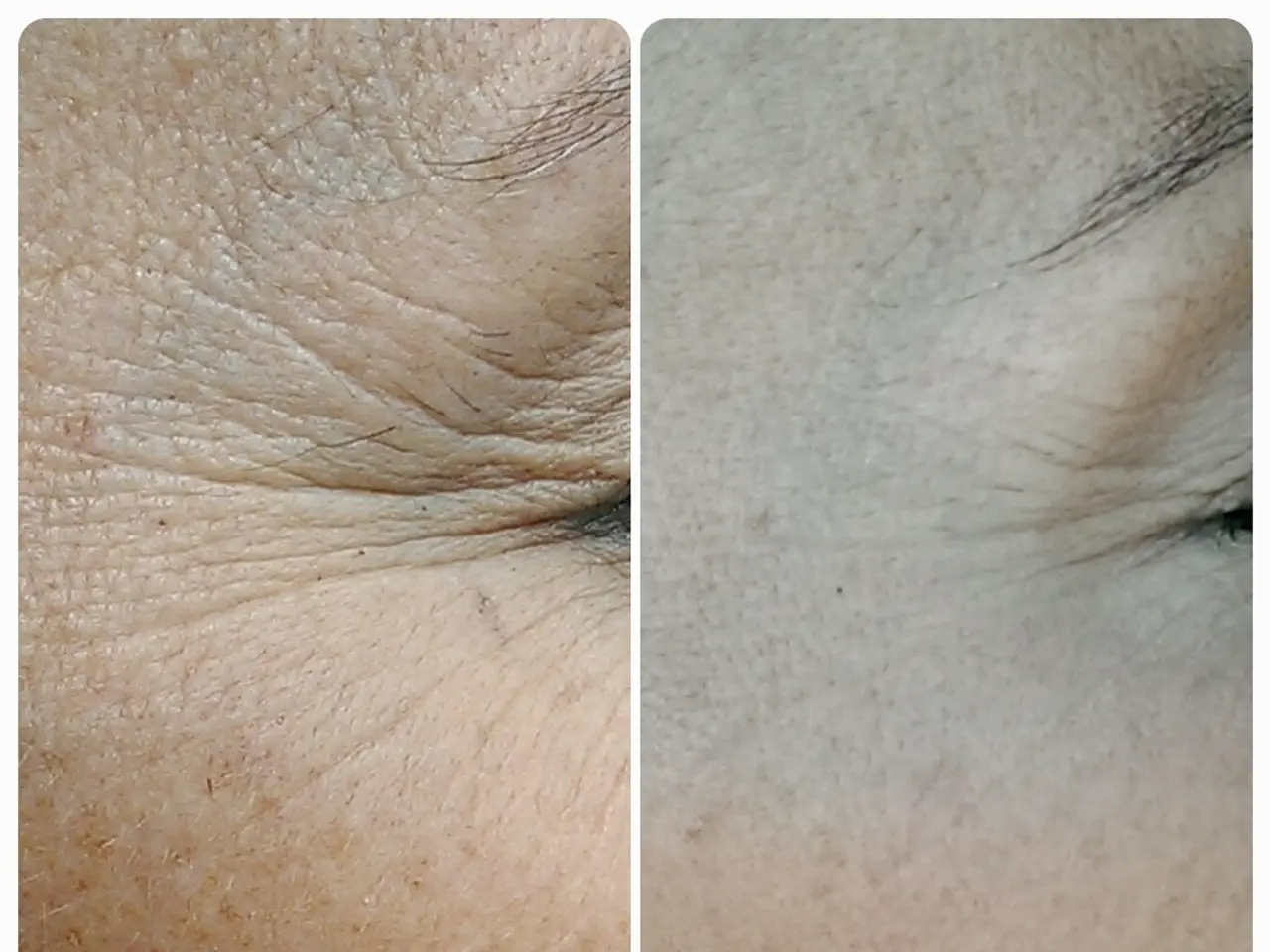Stages of Recovery and Signs for Cellulitis Healing: A Look at the Timeline
Cellulitis is a common bacterial skin infection that can affect anyone. This article aims to provide valuable information about the signs, causes, and treatment of cellulitis, as well as factors that influence its healing process.
Recognizing Cellulitis
The main signs of cellulitis include discolored skin, swelling, warmth, pain, and potential blisters or a pitted skin appearance. Systemic symptoms such as fever and chills may also occur. If you notice any of these symptoms, it's essential to seek medical attention promptly.
Treating Cellulitis
Most people with cellulitis are treated with oral antibiotics for 7 to 14 days. However, severe cases may require hospitalization for intravenous antibiotics. It's crucial to complete the full course of antibiotics to ensure the infection is fully treated and prevent complications.
Factors Affecting Healing
The healing process of cellulitis can be influenced by several factors. These include your immune system status, comorbid medical conditions, breaks in the skin barrier, medications, and adequate antibiotic treatment.
Being immunocompromised can slow healing and make infections harder to fight. Conditions like diabetes, chronic edema, venous insufficiency, or impaired lymphatic drainage increase the risk of cellulitis and complicate healing. Skin wounds, ulcers, chronic skin conditions, fungal infections, or injuries facilitate bacterial entry and can affect recovery. Some treatments like steroids, chemotherapy, and anticoagulants may impair wound healing and immune function.
Adequate antibiotic treatment is essential to control the infection and initiate healing. Without proper treatment, cellulitis can worsen or spread, causing complications such as bacteremia or sepsis.
Monitoring Healing
To monitor healing, healthcare providers often advise marking the edge of the redness to see if it spreads or recedes after starting treatment, and watching for improvement in symptoms such as pain, fever, and swelling.
Preventing Recurrence
Anyone with cellulitis has a higher risk of getting it again, with recurrence rates up to 49%. People with chronic skin conditions, chickenpox, injection drugs, skin injuries, chronic edema, overweight, lymphedema, coronary artery bypass, and eczema may be at a higher risk. If you experience a recurrence of the infection, it's important to speak with a doctor.
In summary, understanding cellulitis is crucial for timely diagnosis and effective treatment. Recognizing the signs, understanding the factors that influence healing, and seeking prompt medical attention can help manage this common bacterial skin infection.






